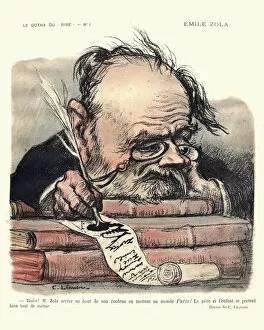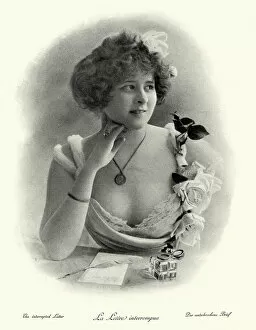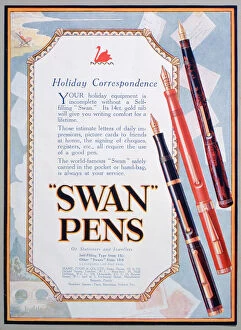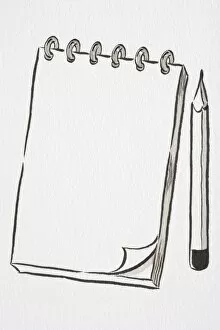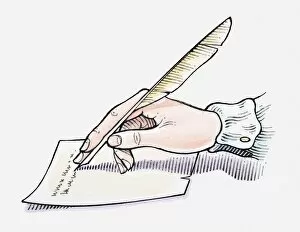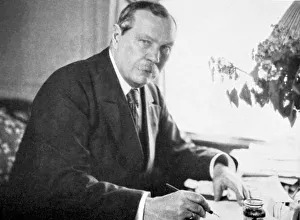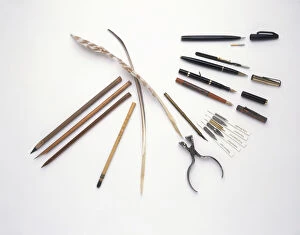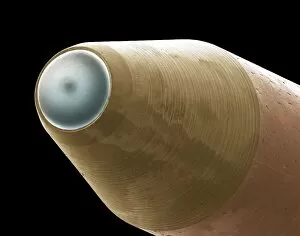Writing Instrument Collection
In the realm of writing instruments, a world of creativity and expression unfolds
All Professionally Made to Order for Quick Shipping
In the realm of writing instruments, a world of creativity and expression unfolds. From the elegant fountain pen with its intricate design to the humble quill that once graced the hands of poets and scholars, these tools have shaped history and left their mark on countless pages. An illustration of a fountain pen and its delicate lid transports us to an era where elegance met functionality. The French satirical cartoon depicting Emile Zola reminds us of the power that words hold, even in times of controversy. In "The Interrupted Letter" from 1890's Belle Epoque, we witness a moment frozen in time, capturing both anticipation and longing. A portrait attributed to Fujiwara no Nobuzane introduces us to poet Yamabe no Akahito, whose verses flowed effortlessly onto parchment with his trusty writing instrument by his side. Lorenzo Magnificent and Giuliano de Medici grace another masterpiece; their pens poised as they contemplate artistry or perhaps compose letters filled with passion. Pieter Claesz's still life painting takes us back to 1628 when skulls shared space with quills on desks - symbols reminding writers of mortality while inspiring them to leave behind immortal words. Benjamin Walter Spiers' artwork titled "The Search for the Will" evokes curiosity about what stories lie hidden within those ink-stained pages. Advertisements for Swan pens transport us through time: 1906 showcases sleek designs appealing to modern sensibilities; 1931 captures elegance amidst Art Deco influences; while 1928 exudes timeless sophistication. Cristoforo Monari's still life composition invites contemplation on how simple objects like inkwells and quills can inspire great thoughts. Lastly, Jacques Louis David's self-portrait from c1789 reveals an artist who wielded not only brushes but also pens - a testament that creativity knows no bounds when it comes to choosing one's medium. From ancient scribes etching symbols into clay tablets to modern-day writers typing away on keyboards, the writing instrument has evolved.


